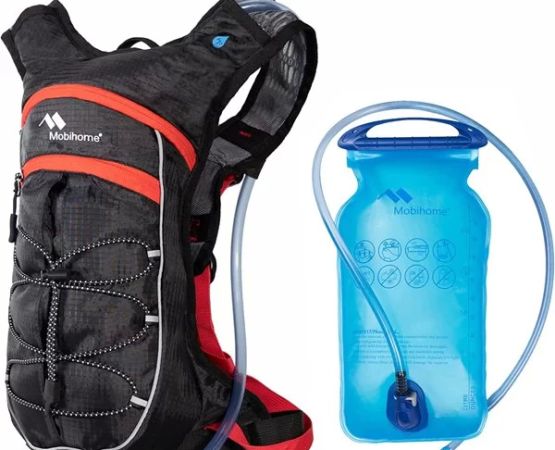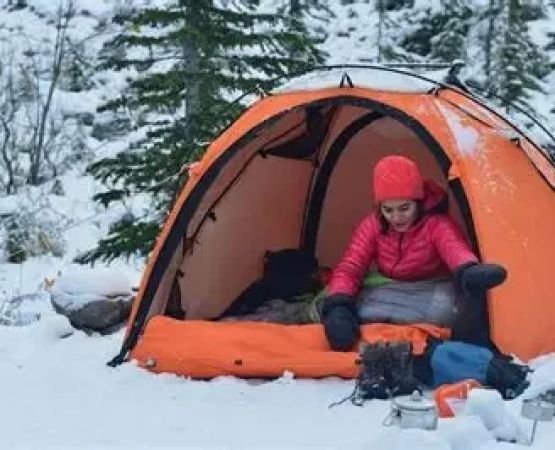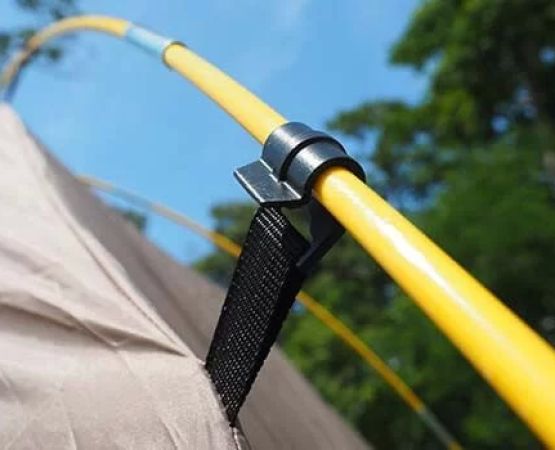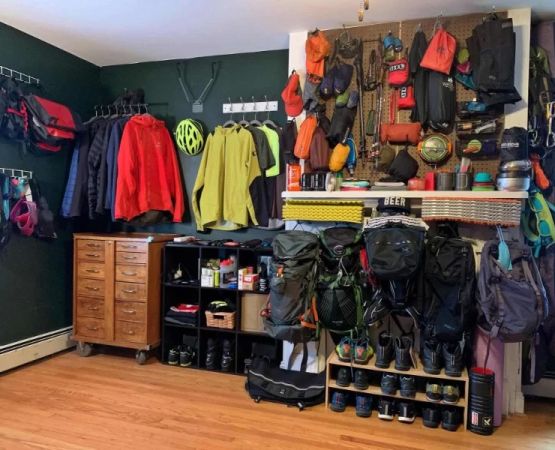- essential-gear-for-ice-fishing-expeditions
- 1-understanding-the-environment-before-you-pack
- 2-core-equipment-every-ice-angler-needs
- 3-gear-that-keeps-you-safe-and-warm
- 4-tech-and-tools-for-better-fishing-results
- 5-personal-tips-from-seasoned-anglers
- 6-how-to-choose-the-right-gear-for-your-trip
Essential Gear for Ice Fishing Expeditions
Ice fishing isn’t just a sport—it’s a winter ritual that demands preparation, precision, and patience. The frozen lakes and crisp silence of the wilderness are as beautiful as they are unpredictable. If you're heading out on an ice fishing expedition, especially in regions like northern Minnesota or Ontario, having the right gear isn’t just a matter of comfort—it’s about safety and success. Whether you're a first-timer or looking to upgrade your setup, this guide will walk you through everything you need. For those planning their trip, Pine Cliff Resort offers ideal lodging and outfitting support to make your adventure seamless.
1. Understanding the Environment Before You Pack
1.1 Weather and Ice Conditions Matter
Before you even think about packing your rod and auger, study the local weather and ice reports. Ice conditions vary dramatically—even on the same lake—and safe thickness (usually at least 4 inches for walking) is critical. Many ice fishing accidents happen due to poor planning, not poor gear.
1.2 Remote vs. Accessible Locations
Your gear list may look very different depending on how far you're venturing. If you're fishing a roadside lake, you can bring heavier shelters and more gear. For remote locations accessible only by snowmobile or sled, portability becomes a key factor. Guests at Pine Cliff Resort often share how important it is to plan for both efficiency and durability.
2. Core Equipment Every Ice Angler Needs
2.1 Ice Augers: Manual vs. Powered
Cutting your hole is the first major step. Manual augers are great for short trips or thinner ice, while gas, propane, or electric augers make quicker work of thicker surfaces. Make sure your blades are sharp—dull augers make the job twice as hard and much colder.
2.2 Ice Rods and Reels
Ice fishing rods are shorter and more sensitive than regular rods, designed to detect subtle bites in cold water. Pair it with a reel that resists freezing and handles light line well. Having a backup rod is always smart—ice and gear don’t always get along.
2.3 Tackle, Jigs, and Bait
Jigs are the heart of ice fishing success. Go with bright colors and sizes matched to your target species—whether you're chasing panfish, perch, or walleye. Live bait like waxworms or minnows often outperform artificial in cold water, especially when fish are sluggish.
3. Gear That Keeps You Safe and Warm
3.1 Layered Clothing for Extreme Cold
The key is layering. Start with moisture-wicking base layers, followed by insulating mid-layers, and a waterproof, windproof outer shell. Merino wool socks, insulated gloves, and thermal face protection are all essential. Hypothermia is a real threat if you're underdressed or wet.
3.2 Ice Fishing Shelter or Tent
Pop-up shelters have revolutionized the experience. They block wind and retain heat, especially when paired with portable heaters. Some even include built-in flooring and seating. If you’re staying near Pine Cliff Resort, portable shelters make it easy to change locations based on fishing reports.
3.3 Safety Tools You Should Never Forget
Always carry a set of ice picks around your neck for self-rescue, a throw rope, and a spud bar to check ice thickness as you walk. A simple first-aid kit and emergency hand warmers can turn a close call into a safe memory instead of a disaster.
4. Tech and Tools for Better Fishing Results
4.1 Portable Sonar and Fish Finders
Modern sonar units can map underwater structures and even identify fish. Portable flashers or LCD fish finders are game changers—helping you target the right depth and location without guesswork. These are especially useful on large lakes with unpredictable fish movement.
4.2 Underwater Cameras
Some seasoned anglers swear by underwater cameras for both entertainment and education. Watching fish behavior in real time can teach you how to jig more effectively and when to switch tactics.
4.3 Battery Packs and Solar Chargers
Cold weather drains electronics fast. Carry rechargeable battery packs and consider small solar chargers if you’ll be on extended expeditions. Store batteries inside insulated gear to prevent freezing.
5. Personal Tips from Seasoned Anglers
5.1 John’s Story: How He Saved a Trip with a $10 Tip
John, a guest at Pine Cliff Resort, recalls his first solo trip where he packed everything—except a backup lighter. His propane heater wouldn’t start, and temperatures plummeted below zero. Thankfully, a neighboring angler lent him waterproof storm matches. Now, he always packs three fire-starting tools and swears by vacuum-insulated thermoses for keeping coffee hot all day.
5.2 Group Expeditions: Lessons from the Field
Group ice fishing can be rewarding, but it also adds complexity. One group we spoke with took turns scouting spots while others monitored sonar back at the shelter. “Communication was key,” they said. Radios worked better than phones when temps dropped below freezing and batteries died quickly.
5.3 Knowing When to Call It
Seasoned anglers emphasize one thing: trust your instincts. If the wind picks up or the ice starts to crack unusually, don’t push it. Even if you’ve driven five hours, safety is always the priority. A great catch isn’t worth a risky situation.
6. How to Choose the Right Gear for Your Trip
6.1 Consider the Species You’re Targeting
Fishing for lake trout in deep water demands heavier gear than panfish in shallow bays. Choose rods, lures, and shelters suited for the species and location you’re targeting. Calling ahead to local outfitters or resorts like Pine Cliff Resort can help you tailor your gear to current conditions.
6.2 Factor in Group Size and Duration
A weekend trip for two requires much less than a four-day family expedition. More people means more gear, more food, and more planning. Shared shelters and communal cooking tools can save space and energy if you plan smartly.
6.3 Balance Budget with Quality
You don’t need to buy the most expensive gear to be successful—but certain items (like shelters and heaters) are worth investing in. Look for durable, field-tested equipment and check reviews from real anglers. Pine Cliff Resort often features community boards and gear swap info for budget-conscious travelers.







